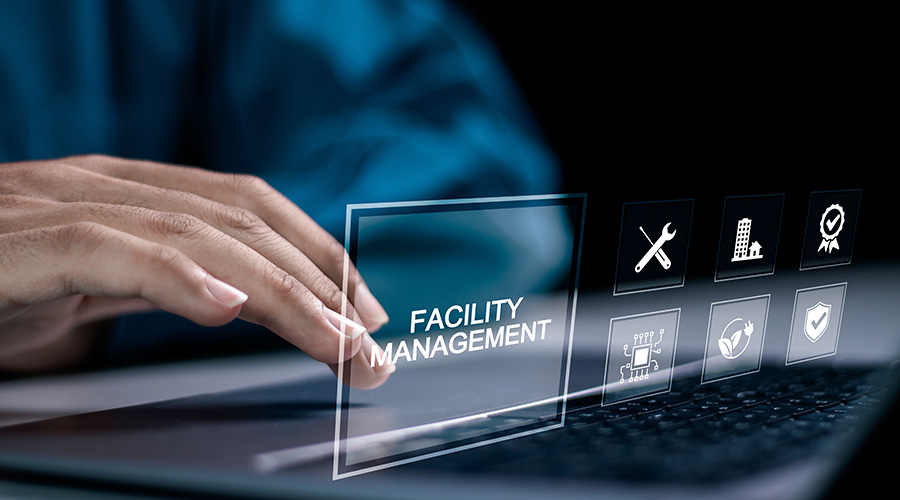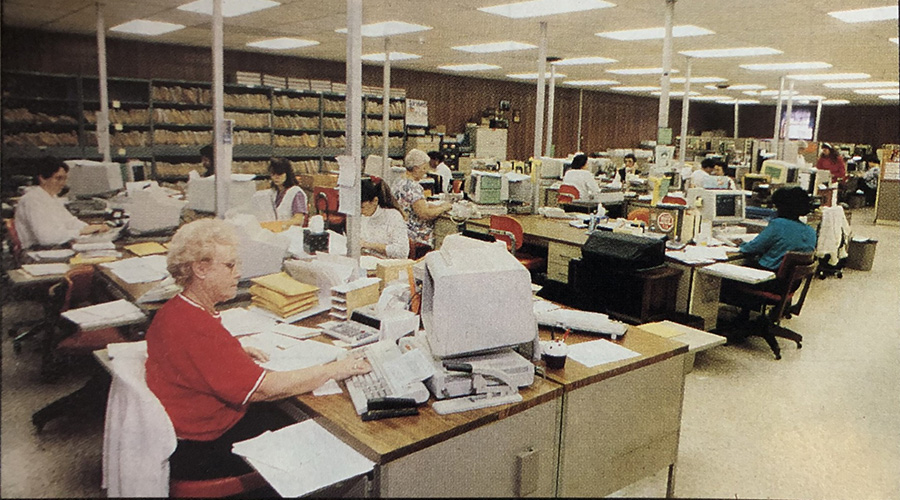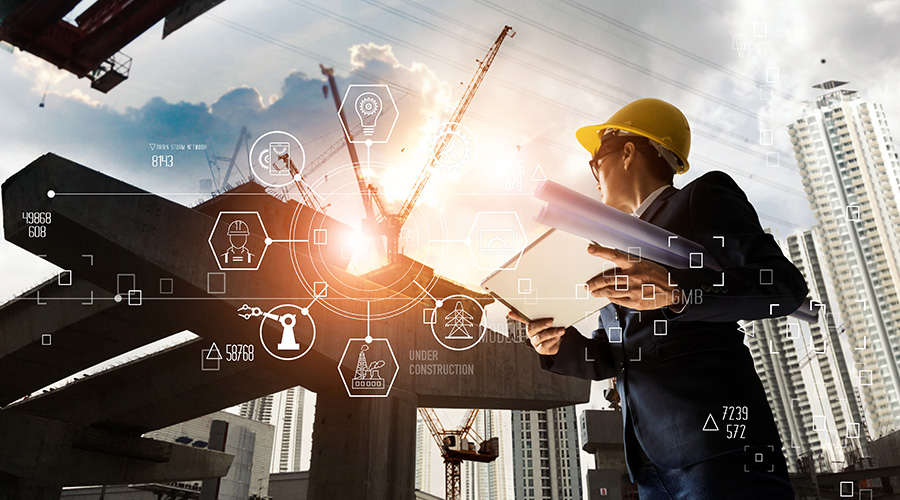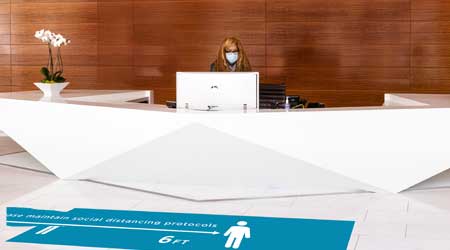 Hines
HinesLessons Learned about Occupant Satisfaction During the Pandemic
As we all learn the best practices for keeping occupants healthy and safe, here are some initial lessons learned from top-tier facility managers.
Though it is still early, facility managers have already learned some valuable lessons about measuring occupant experience and gauging the effectiveness of coronavirus health and safety measures. John Hajduk, vice president with Sodexo, says he wished he’d realized the sheer magnitude of the required response to coronavirus. “I wish I’d had a better understanding of the resources required to do all this,” he says. The measures, at first, were a sea change, he says and so it was really important to lay out the plan and keep everyone informed.
He says his organization’s plan involved different levels based on local coronavirus case counts — mirroring how state and local health departments defined phases of reopening (or reclosing). For Sodexo, though, the different levels meant increased frequency of cleaning and sanitizing. This was all spelled out so employees would know what to expect.
So how has it worked? For Hajduk, the biggest measure of success is that the business has stayed open the whole time. “We’re an essential business, so we never really closed,” he says.
Other organizations, though, are still not occupying their facilities at all. But that’s given them a chance to implement new strategies that will benefit occupants both when they return and for the long-term. At SAP, Larry Morgan, senior facilities manager, Global Real Estate and Facilities, says they’re currently working on a plan for 30 percent occupancy, and moving to a system of 100 percent desk hoteling. This allows them both to control where occupants can go in a facility, and also allows them to keep tabs on who was where and when (if contact tracing may be required, in the case an employee tests positive.)
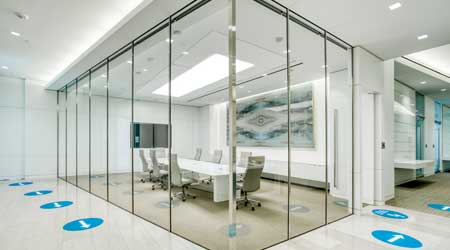
(Markings on the floor can remind occupants of the importance of social distancing. Credit: Hines)
But won’t occupants be upset with this new system when they return? “Occupants are resigned to the fact that things will be different,” he says. So again, to win them over, he says communication is crucial. “Facilities is here to help and we’re all in this together,” he says. He also says it’s important to emphasize the personal responsibility factor — the workplace can do everything required to be safe, but it’s also up to the occupants to be accountable for following the rules. That’s how it all works.
Hajduk says the facilities team must display a “do as I do” mentality and lead by example. “If you’re making everyone in your building wear a mask, then you have to be really sure your staff are wearing masks too,” he says. “You have to show them that the workplace is safe. Here it’s safer than going to the grocery store, because we are controlling every aspect.”
Related Topics:














